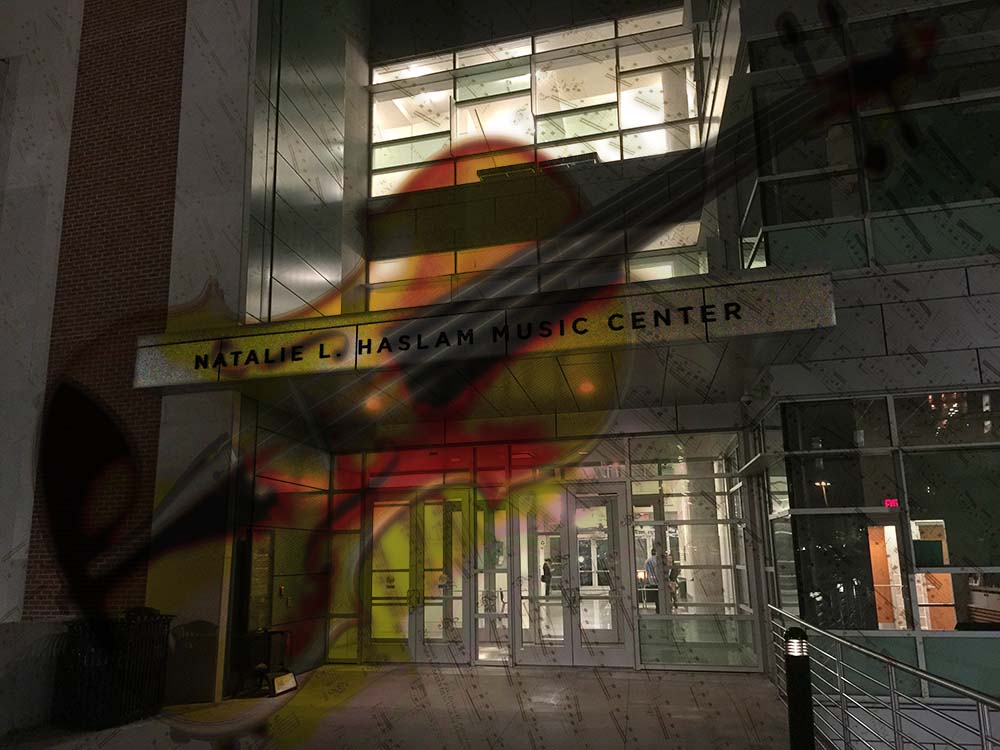There’s a lot of audience talk going around these days regarding the rapid ascent of the University of Tennessee Symphony Orchestra this season into the lofty ranks of the best music school orchestras in the U.S. At this past Sunday’s concert—a concert of one work, Dmitri Shostakovich’s Symphony No. 10 in E minor—adjectives like “miraculous,” “stunning,” and “amazing” were being thrown about like so much confetti. Since “miraculous” implies a supernatural influence, I’m certain that is not the case. However, I can easily accept “amazing” to describe the professional performances that are radiating from the orchestra this season. And, I can also easily accept that better students with serious career goals are now being attracted to the School of Music to perform under an inspiring, top-notch conductor, James Fellenbaum.
There were two factors at work in Sunday’s concert: the 1953 Shostakovich work itself and the orchestra’s performance of it. Shostakovich began the work following the death of Stalin in 1953 and completed it rather quickly. The composer himself had issues with the work after its first performances in December of 1953, as did some of his colleagues, although critics in Leningrad and Moscow were quite positive, perhaps out of a sense of relief. It’s first performance in New York the following year was also well received.
Since that time, though, western critics have been a bit more realistic. Alex Ross in The Rest is Noise wrote: “The self-referential D S C H [D/E-flat/C/B] theme sounds so often that is becomes a cliché, an obnoxious jingle. Rapid up-and-down flourishes in the winds and strings echo the march movement of Tchaikovsky’s Pathétique, another somber-minded composer’s attempt at joy.”
For the orchestra, though, the work was an illustration of an ensemble that knew what it wanted and how to get it. The second movement brings together wild contrasts of speed and sheer volume with softness, in which the orchestra handled the balance of dynamics with precision. In general, musical attitudes of heroism, sadness, and apprehension, threaded with rhythmic complexity, were highlighted by exposed, beautifully rendered passages for individual strings, woodwinds, and brass, as well as tight ensemble playing.
If I understand the schedule correctly, the UTSO now breaks into two subsets: an opera orchestra for the upcoming UT Opera Theatre production of The Marriage of Figaro at the Bijou, and a chamber orchestra. Keep track of the scheduled events on Arts Knoxville and at http://www.music.utk.edu/events/index.php.







